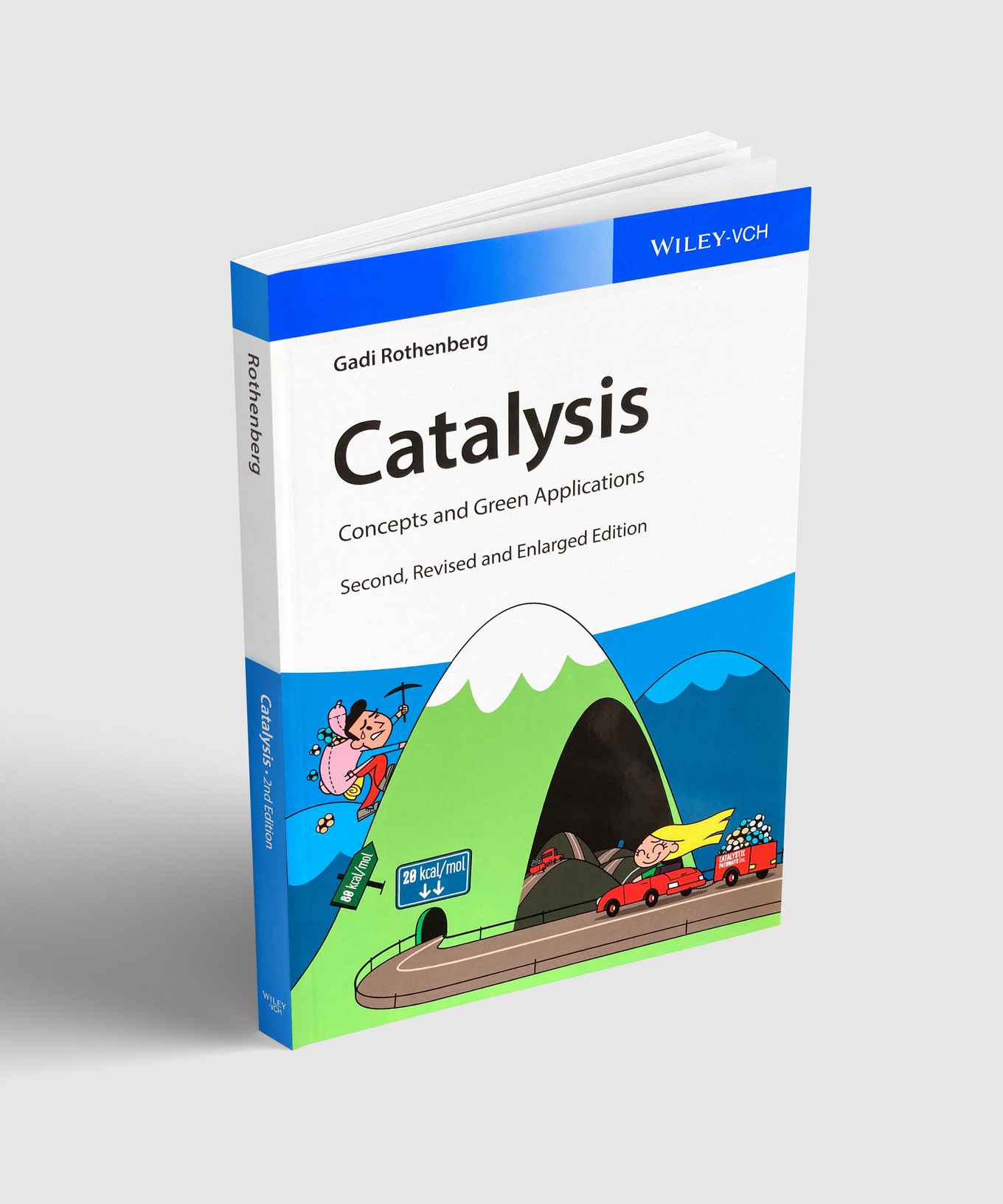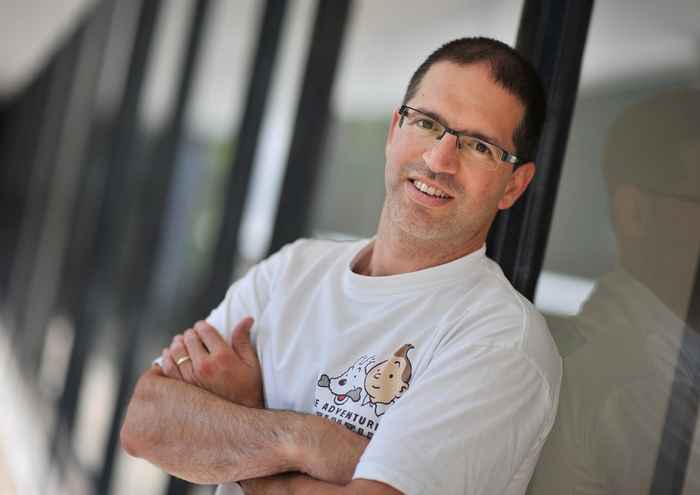Second edition of popular catalysis textbook published
20 November 2017

The book comprises six chapters. Chapters 1 and 2 introduce and explain the fundamentals of sustainable chemistry, catalysis, and reaction kinetics. Chapters 3, 4 and 5 show how these principles are applied in homogeneous, heterogeneous, and biocatalysis. The final chapter covers computer applications in catalysis research, including predictive modelling and data mining.
Each chapter includes detailed literature references. With a total of over 600 references the current edition covers the latest developments in catalysis research in academia and industry. It also contains industrial examples, and exercises that embed the knowledge in a practical context. Rothenberg added 50 exercises to those already published in the earlier edition. They are based on his teaching at the UvA as well as on the suggestions of colleagues and students from all over the world.
Simple language
Rothenberg is known for his clear lectures and for explaining difficult concepts using simple language. He is the co-founder of the 'Write it Right' project, and an advocate of using short sentences and simple words: 'The main message is that heterogeneous catalysis, biocatalysis and homogeneous catalysis all follow the same principles, so you only have to understand once how catalysis works.'

Rothenberg, who has also co-authored a textbook on Ceramic Membranes, sees the writing of textbooks as an important contribution to education. 'Writing a textbook is a lot of work, but if you write a good one, you can help many students all over the world. I wrote the first edition when I started teaching the catalysis course at the UvA, and realised there was no good introductory text in catalysis available. Now, after nine years, it is time for the second edition. I hope that many people will use it and learn from it.'
Chinese edition
The second edition is currently being translated into Chinese by four professors of the Chemistry Department of Fudan University, where Rothenberg has strong collaborations and was recently appointed as Senior Visiting Scholar. Professors Xu Hualong, Shen Wei, Hua Weiming and Yue Bin are collaborating on the translation, which is expected to be completed by the beginning of 2018.
Teaching material online
The accompanying free-access website www.catalysisbook.org has additional teaching material (lecture slides, hand-outs, and answers to selected exercises) that students and teachers can download and use.
